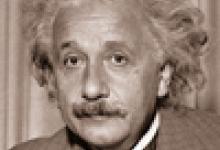Brian Friel's adaptation of Uncle Vanya
Writing in the late 19th century, Anton Chekhov's entire breadth of work absorbs the fundamentals of the Russian gentrified class's imperialist condition. Regularly creating a portrait of country life outside the populist urban cities his plays formed a type of social diary of the period as he consistently infused his narrative with themes like the declination of aristocratic society, financial difficulties on rural estates, and the overall effects of these twin themes on the family as a whole.

